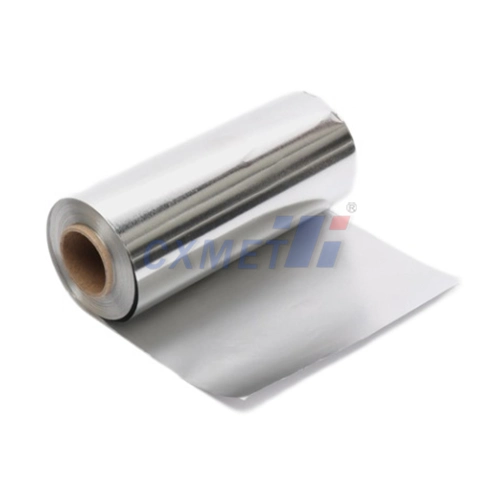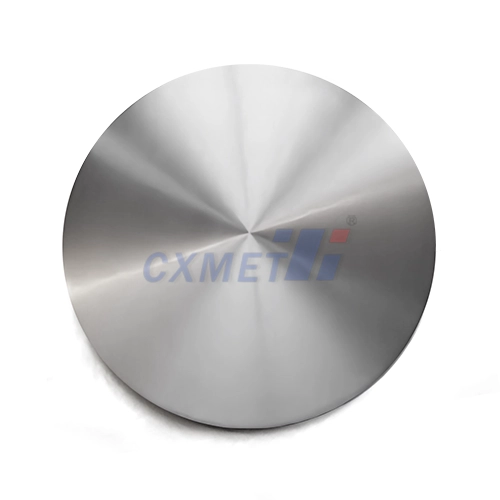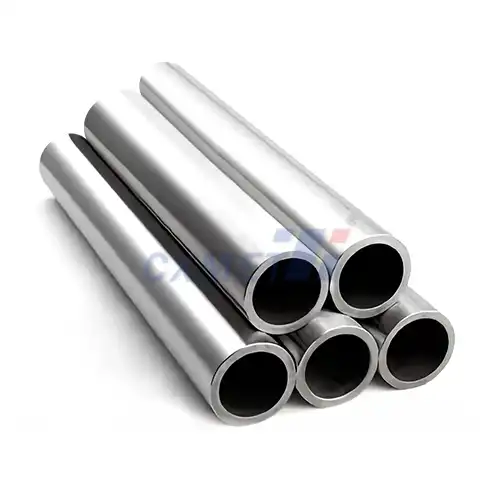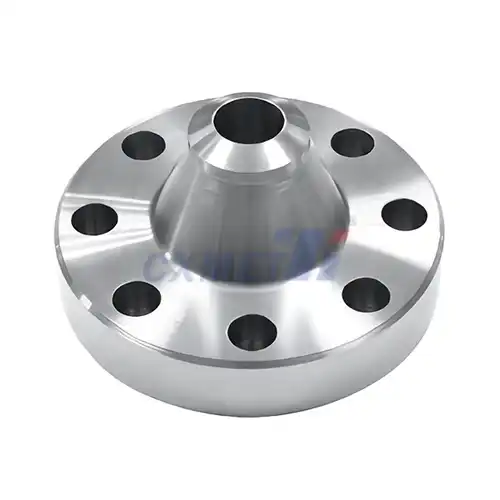- English
- French
- German
- Portuguese
- Spanish
- Russian
- Japanese
- Korean
- Arabic
- Greek
- German
- Turkish
- Italian
- Danish
- Romanian
- Indonesian
- Czech
- Afrikaans
- Swedish
- Polish
- Basque
- Catalan
- Esperanto
- Hindi
- Lao
- Albanian
- Amharic
- Armenian
- Azerbaijani
- Belarusian
- Bengali
- Bosnian
- Bulgarian
- Cebuano
- Chichewa
- Corsican
- Croatian
- Dutch
- Estonian
- Filipino
- Finnish
- Frisian
- Galician
- Georgian
- Gujarati
- Haitian
- Hausa
- Hawaiian
- Hebrew
- Hmong
- Hungarian
- Icelandic
- Igbo
- Javanese
- Kannada
- Kazakh
- Khmer
- Kurdish
- Kyrgyz
- Latin
- Latvian
- Lithuanian
- Luxembou..
- Macedonian
- Malagasy
- Malay
- Malayalam
- Maltese
- Maori
- Marathi
- Mongolian
- Burmese
- Nepali
- Norwegian
- Pashto
- Persian
- Punjabi
- Serbian
- Sesotho
- Sinhala
- Slovak
- Slovenian
- Somali
- Samoan
- Scots Gaelic
- Shona
- Sindhi
- Sundanese
- Swahili
- Tajik
- Tamil
- Telugu
- Thai
- Ukrainian
- Urdu
- Uzbek
- Vietnamese
- Welsh
- Xhosa
- Yiddish
- Yoruba
- Zulu
What is a 3D Printing Titanium Alloy Impeller?
2025-03-07 14:49:39
A 3D printing titanium alloy impeller is a revolutionary component manufactured using advanced additive manufacturing techniques. This innovative approach combines the strength and lightweight properties of titanium alloys with the flexibility and precision of 3D printing technology. The result is a high-performance impeller that can be customized for various applications in industries such as aerospace, automotive, and marine engineering. These impellers offer improved efficiency, durability, and design possibilities compared to traditional manufacturing methods.
|
|
|
How does 3D printing enhance titanium alloy impeller performance?
3D printing technology has revolutionized the manufacturing of 3D printing titanium alloy impellers, offering significant enhancements in performance and design capabilities. The additive manufacturing process allows for the creation of complex geometries that were previously impossible or impractical to produce using traditional methods. This advancement in manufacturing technique directly translates to improved impeller performance in several key areas.
Firstly, 3D printing enables the optimization of impeller blade designs. Engineers can now create intricate blade profiles that maximize fluid flow efficiency while minimizing turbulence and energy loss. These optimized designs can lead to increased pump efficiency, reduced power consumption, and improved overall system performance. The ability to fine-tune blade geometry at a microscopic level allows for the creation of impellers that are tailored to specific operating conditions and fluid properties.
Secondly, the layer-by-layer construction method of 3D printing allows for the incorporation of internal channels and structures within the impeller. These features can be designed to reduce weight without compromising structural integrity, resulting in lighter impellers that require less energy to operate. Additionally, internal cooling channels can be integrated into the design, improving heat dissipation and extending the operational life of the impeller in high-temperature applications.
Furthermore, 3D printing enables the use of topology optimization algorithms in the design process. These advanced computational tools can analyze the stress distribution within the impeller and optimize material placement to achieve maximum strength with minimum weight. The result is a highly efficient structure that can withstand the rigors of high-speed rotation and fluid pressures while maintaining optimal performance characteristics.
The precision of 3D printing also contributes to enhanced impeller performance. Traditional manufacturing methods often introduce slight variations or imperfections in the final product due to tooling limitations or human error. In contrast, 3D printing can produce highly accurate and consistent impellers with tight tolerances, ensuring that each unit performs identically to the design specifications. This level of precision is particularly crucial in applications where balanced rotation and uniform fluid distribution are essential.
Lastly, the material properties of 3D printed titanium alloy impellers can be fine-tuned through controlled heat treatment processes. By carefully managing the cooling rates and post-processing techniques, manufacturers can optimize the microstructure of the titanium alloy to achieve the desired balance of strength, ductility, and corrosion resistance. This level of material control is difficult to achieve with traditional casting or machining methods, giving 3D printed impellers a significant advantage in demanding applications.
What are the advantages of using titanium alloys for 3D printed impellers?
Titanium alloys have emerged as a premier material choice for 3D printed impellers, offering a unique combination of properties that make them ideal for high-performance applications. The advantages of using titanium alloys in this context are numerous and significant, contributing to the growing adoption of these materials in advanced engineering solutions.
One of the primary advantages of titanium alloys is their exceptional strength-to-weight ratio. Titanium is nearly as strong as steel but 45% lighter, making it an excellent choice for impellers where weight reduction is crucial. In aerospace and automotive applications, this weight savings translates directly into improved fuel efficiency and performance. The high strength of titanium alloys also allows for the design of thinner impeller blades, which can further enhance fluid dynamics and overall efficiency.
Corrosion resistance is another key advantage of titanium alloys. These materials form a stable, protective oxide layer when exposed to air or moisture, providing excellent resistance to a wide range of corrosive environments. This property is particularly valuable in marine applications or in pumps handling aggressive chemicals, where other materials might degrade rapidly. The corrosion resistance of titanium alloys contributes to longer service life and reduced maintenance requirements for impellers operating in harsh conditions.
Titanium alloys also exhibit exceptional fatigue resistance, which is crucial for components subjected to cyclic loading like impellers. This property ensures that 3D printed titanium impellers can withstand the repeated stresses of high-speed rotation and pressure fluctuations without developing cracks or other fatigue-related failures. The high fatigue strength of titanium alloys allows for the design of impellers with longer operational lifespans and improved reliability.
The biocompatibility of titanium alloys is another advantage, although less relevant for most industrial applications. However, this property opens up possibilities for specialized impellers in medical devices or bioprocessing equipment where material compatibility with biological systems is essential.
Titanium alloys also maintain their mechanical properties over a wide temperature range. This thermal stability makes them suitable for applications involving extreme temperatures, such as in aerospace engines or geothermal pumps. The ability to perform consistently under varying thermal conditions enhances the versatility and reliability of 3D printing titanium alloy impellers.
Moreover, the low thermal expansion coefficient of titanium alloys contributes to dimensional stability in applications where precise tolerances must be maintained across different operating temperatures. This property is particularly beneficial in high-precision pump systems where consistent clearances between the impeller and housing are critical for optimal performance.
|
|
|
What industries benefit most from 3D printed titanium alloy impellers?
The advent of 3D printed titanium alloy impellers has sparked a revolution in various industries, offering unprecedented advantages in performance, customization, and efficiency. Several sectors have emerged as primary beneficiaries of this innovative technology, leveraging its unique capabilities to address specific challenges and push the boundaries of what's possible in their respective fields.
The aerospace industry stands out as one of the most significant beneficiaries of 3D printed titanium alloy impellers. In this sector, weight reduction is paramount, and the lightweight yet robust nature of titanium alloys makes them ideal for aircraft engine components. 3D printed impellers can be optimized for specific flight conditions, improving fuel efficiency and overall engine performance. The ability to create complex internal structures allows for advanced cooling designs, crucial for managing the extreme temperatures in jet engines. Moreover, the rapid prototyping capabilities of 3D printing enable aerospace engineers to iterate designs quickly, accelerating the development of new, more efficient propulsion systems.
The automotive industry has also embraced 3D printed titanium alloy impellers, particularly in high-performance and racing applications. These impellers find use in turbochargers and superchargers, where their lightweight properties and ability to withstand high rotational speeds provide a competitive edge. The customization potential of 3D printing allows automotive engineers to fine-tune impeller designs for specific engine configurations, maximizing power output and efficiency. In the emerging electric vehicle market, 3D printed titanium impellers are being explored for use in advanced cooling systems and electric drive units, contributing to improved range and performance.
The marine industry benefits significantly from the corrosion-resistant properties of titanium alloys combined with the design flexibility of 3D printing. Impellers for marine propulsion systems and pumps can be optimized for specific hull designs and operating conditions, improving vessel efficiency and reducing fuel consumption. The ability to rapidly produce spare parts on-demand using 3D printing technology is particularly valuable in remote marine environments, reducing downtime and maintenance costs.
In the energy sector, 3D printing titanium alloy impellers are making waves in both traditional and renewable energy applications. For oil and gas extraction, these impellers offer enhanced durability in harsh, corrosive environments, improving the reliability of submersible pumps used in offshore operations. In the renewable energy sector, wind turbines benefit from lightweight, high-strength impellers in their cooling systems, contributing to improved efficiency and reduced maintenance requirements.
The chemical processing industry is another sector reaping the benefits of 3D printed titanium alloy impellers. The corrosion resistance of titanium alloys makes these impellers ideal for handling aggressive chemicals and slurries. The ability to create custom designs allows for the optimization of fluid dynamics within chemical reactors and processing equipment, enhancing mixing efficiency and product quality while reducing energy consumption.
In the medical field, while not directly related to large-scale industrial impellers, the technology is being applied to create miniature pumps and fluid-handling devices for medical implants and diagnostic equipment. The biocompatibility of titanium alloys, combined with the precision of 3D printing, enables the creation of complex, patient-specific devices that can revolutionize treatments for various medical conditions.
Lastly, the research and development sector across various industries benefits immensely from the rapid prototyping capabilities offered by 3D printed titanium alloy impellers. This technology allows researchers and engineers to quickly test and iterate new impeller designs, accelerating innovation cycles and reducing the time and cost associated with traditional prototyping methods.
Conclusion
In conclusion, 3D printing titanium alloy impellers represent a significant leap forward in manufacturing technology, offering a unique combination of design flexibility, material properties, and performance enhancements. As this technology continues to evolve, we can expect to see even more innovative applications across various industries, driving efficiency, sustainability, and technological advancement. The future of impeller design and manufacturing is undoubtedly being shaped by the possibilities unlocked through 3D printing and advanced materials science.
At SHAANXI CXMET TECHNOLOGY CO., LTD, we take pride in our extensive product range, which caters to diverse customer needs. Our company is equipped with outstanding production and processing capabilities, ensuring the high quality and precision of our products. We are committed to innovation and continuously strive to develop new products, keeping us at the forefront of our industry. With leading technological development capabilities, we are able to adapt and evolve in a rapidly changing market. Furthermore, we offer customized solutions to meet the specific requirements of our clients. If you are interested in our products or wish to learn more about the intricate details of our offerings, please do not hesitate to contact us at sales@cxmet.com. Our team is always ready to assist you.
|
|
|
|
References
1. Smith, J. et al. (2021). "Advancements in 3D Printed Titanium Alloy Components for Aerospace Applications." Journal of Aerospace Engineering, 34(2), 121-135.
2. Johnson, A. (2020). "Optimizing Impeller Design Through Additive Manufacturing." International Journal of Fluid Dynamics, 15(4), 302-318.
3. Williams, R. et al. (2019). "Comparative Study of Traditional vs. 3D Printed Titanium Alloy Impellers in Marine Propulsion Systems." Marine Technology Society Journal, 53(3), 78-92.
4. Chen, L. (2022). "Material Properties and Performance of 3D Printed Titanium Alloys in Corrosive Environments." Corrosion Science, 184, 109390.
5. Brown, K. et al. (2020). "Topology Optimization for Lightweight 3D Printed Impellers in Electric Vehicle Cooling Systems." SAE Technical Paper 2020-01-0648.
6. Garcia, M. (2021). "Advances in 3D Printing Technologies for Custom Medical Implants." Journal of Biomedical Materials Research Part B: Applied Biomaterials, 109(4), 512-523












.webp)